Setting up an aquarium can feel like stepping into a beautiful underwater world. You create a vibrant habitat filled with colorful fish and intriguing plants. But even the most passionate aquarists can make mistakes that could harm their finned friends or disrupt the delicate balance of their aquatic ecosystem.
Are you unknowingly making common errors in your tank? If so, you’re not alone! Many aquarium enthusiasts overlook crucial aspects of fish care, which leads to problems down the line. Let’s dive into some of these hidden pitfalls and how you can easily avoid them—ensuring your aquatic adventure is as joyful as it should be.
Overfeeding Your Fish
Overfeeding your fish is one of the most common mistakes new aquarists make. It’s easy to think that giving them more food will keep them happier and healthier. But in reality, it can lead to a host of problems. Excess food decomposes in the tank, polluting the water. This not only affects water quality but also encourages harmful algae growth. Fish may become overweight or develop health issues from overeating.
A good rule of thumb is to feed what they can consume within a few minutes, once or twice a day. Start small and adjust as needed if you’re unsure about portion sizes. Observe their behavior—if they’re still hovering around after eating, you might be overdoing it! Keeping an eye on their feeding habits helps maintain a cleaner environment and keeps your aquatic friends thriving.
Skipping Regular Water Changes
Maintaining a healthy aquarium requires regular water changes, yet many owners neglect this essential task. Over time, toxins and waste build up in the tank, which can lead to unhealthy living conditions for fish. Skipping water changes affects not just the clarity of your tank but also its overall ecosystem. Elevated levels of nitrates and ammonia can cause stress or illness in your aquatic friends.
Aim to change about 10-15% of the water weekly or 25% bi-weekly, depending on your tank size and stocking levels. When performing a water change, always use a gravel vacuum to remove debris that settles at the bottom. Make sure to treat any new water with a dechlorinator before adding it back into the tank. Regular maintenance promotes a thriving environment where fish can flourish without fear of hidden dangers lurking beneath the surface.
Not Cycling the Tank Before Adding Fish
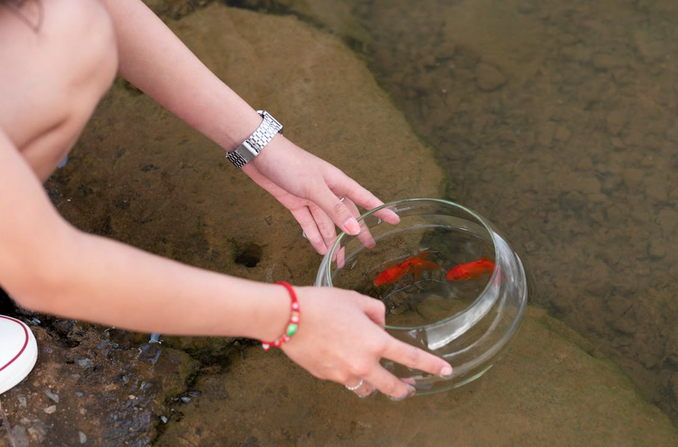
Many new aquarium enthusiasts overlook the importance of cycling their tanks before introducing fish. Cycling refers to establishing beneficial bacteria that break down harmful waste products in the water. When you skip this crucial step, your tank can become toxic for its future inhabitants. Ammonia and nitrite levels can spike, leading to stress or even death for your fish.
Setting up a proper cycle takes time but is worth every minute. You can choose between a fishless cycle using ammonia sources or a method with hardy fish species as testers—though the first option is often kinder. Regularly testing your water parameters during this phase will show you how well the cycle is progressing. Patience here pays off, ensuring a healthier environment once those vibrant little swimmers enter their new home.
Mixing Incompatible Fish Species
Creating a vibrant aquarium often leads enthusiasts to mix various fish species. However, this can backfire if you don’t do your homework. Different fish have unique temperaments and environmental needs. Some are territorial, while others thrive in schools. Pairing aggressive species with peaceful ones can spell disaster in your tank. Compatibility goes beyond just size or color; it involves understanding behavior patterns, too. A small, timid fish might not stand a chance against an assertive counterpart looking for dominance.
Research each species’ specific requirements before introducing them into your home aquatic environment. Consider their natural habitats—this insight could save lives and reduce stress levels. Constantly monitor interactions closely after adding new members to the tank. If aggression arises, be prepared to separate them swiftly to maintain harmony within your underwater community. Your goal is a thriving ecosystem where all residents feel safe and happy.
Using Tap Water Without Conditioning
Many aquarium enthusiasts underestimate the importance of water quality. Using tap water directly can introduce harmful chemicals and toxins into your tank. Chlorine, chloramine, and heavy metals are common culprits found in municipal water supplies. These substances can stress fish and disrupt the delicate balance of your aquarium ecosystem. Fish may show signs of distress, like gasping for air or hiding more than usual.
Always condition your tap water before adding it to your tank to ensure a healthy environment. Water conditioners are readily available at pet stores and effectively neutralize harmful elements. Some hobbyists opt for reverse osmosis systems or bottled spring water as alternatives. These options might be pricier but provide peace of mind when setting up a new tank or conducting frequent changes. Be proactive about regularly testing your water to monitor its quality. This way, you create a safe haven for your aquatic friends while enjoying their vibrant beauty.…






 Understanding why content is blocked begins with recognizing the concept of geofencing. Content providers, such as streaming services, employ geofencing to restrict access to their content based on the user’s geographical location. Using vpn services or proxy servers has become a common method for users to navigate around geofencing restrictions and access content that may be blocked in their region.
Understanding why content is blocked begins with recognizing the concept of geofencing. Content providers, such as streaming services, employ geofencing to restrict access to their content based on the user’s geographical location. Using vpn services or proxy servers has become a common method for users to navigate around geofencing restrictions and access content that may be blocked in their region.
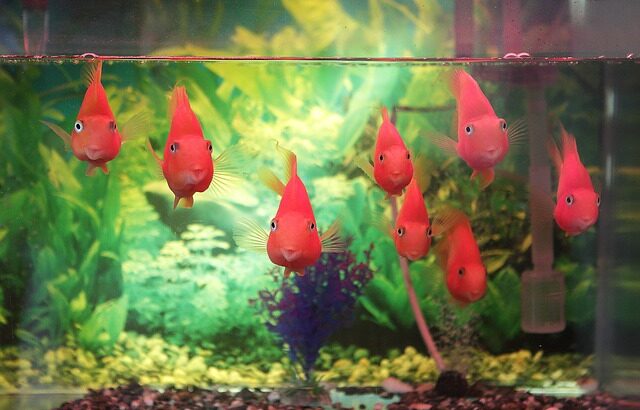
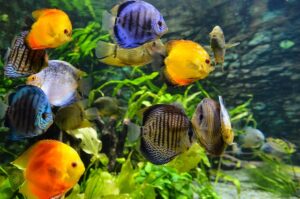 Proper lighting plays a crucial role in preventing algae overgrowth in your aquarium. Dr. Robert D. Metcalfe stated that algae thrive on light, and by providing the right intensity and spectrum, we can control their growth and prevent unwanted blooms. Like plants on land, aquatic plants require light for photosynthesis to thrive. Too much light can create an ideal environment for algae to flourish, while insufficient lighting may hinder plant growth. Choosing a lighting system that provides adequate illumination without overpowering your tank is essential. Additionally, pay attention to the duration of light exposure.
Proper lighting plays a crucial role in preventing algae overgrowth in your aquarium. Dr. Robert D. Metcalfe stated that algae thrive on light, and by providing the right intensity and spectrum, we can control their growth and prevent unwanted blooms. Like plants on land, aquatic plants require light for photosynthesis to thrive. Too much light can create an ideal environment for algae to flourish, while insufficient lighting may hinder plant growth. Choosing a lighting system that provides adequate illumination without overpowering your tank is essential. Additionally, pay attention to the duration of light exposure.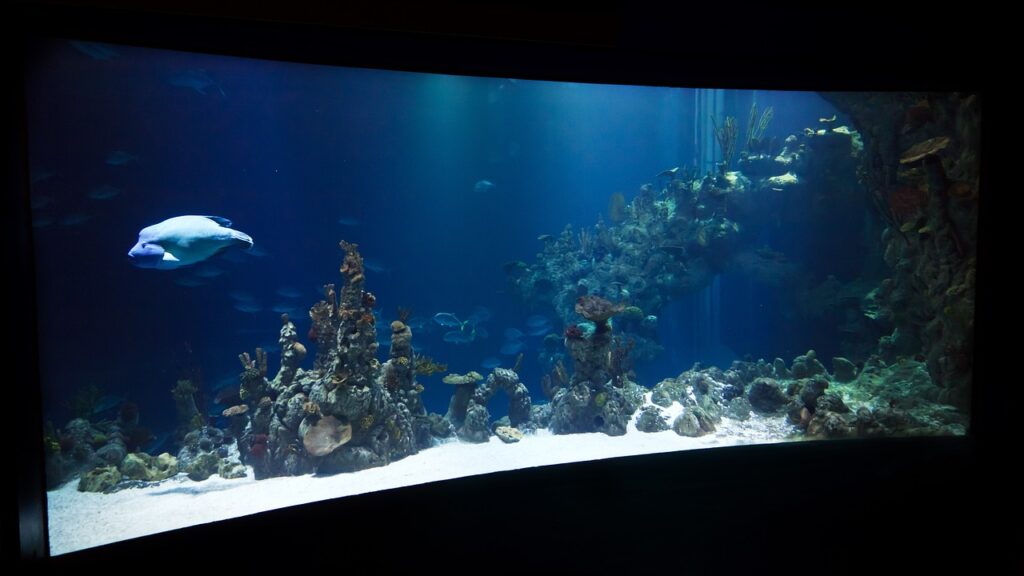
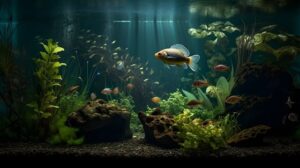 One of the key strategies for preventing algae overgrowth in your aquarium is to maintain good water circulation. According to Dr. Paul Cooper, insufficient water circulation can lead to stratification, which traps nutrients at the bottom while depriving surface waters of necessary oxygen. By implementing proper water circulation, we can disrupt this stratification and create a more balanced and less favourable environment for algae growth.
One of the key strategies for preventing algae overgrowth in your aquarium is to maintain good water circulation. According to Dr. Paul Cooper, insufficient water circulation can lead to stratification, which traps nutrients at the bottom while depriving surface waters of necessary oxygen. By implementing proper water circulation, we can disrupt this stratification and create a more balanced and less favourable environment for algae growth.









 Even tho most of London has already been established as a hub for fancy storefronts and big businesses; the city is still growing! Every day, new stores are opening up, and old ones are expanding. This growth creates a constant demand for product photography services. With so many businesses popping up, it can be hard to stand out from the crowd.
Even tho most of London has already been established as a hub for fancy storefronts and big businesses; the city is still growing! Every day, new stores are opening up, and old ones are expanding. This growth creates a constant demand for product photography services. With so many businesses popping up, it can be hard to stand out from the crowd. So, there you have it! These are just a few of the reasons why product photography is so prevalent in London. If you’re thinking about starting a business or expanding your current one, consider hiring a professional photographer to help you out. It could be the best decision you ever make! If you find this article to be helpful and informative, please don’t hesitate to share it with your friends and family members.…
So, there you have it! These are just a few of the reasons why product photography is so prevalent in London. If you’re thinking about starting a business or expanding your current one, consider hiring a professional photographer to help you out. It could be the best decision you ever make! If you find this article to be helpful and informative, please don’t hesitate to share it with your friends and family members.…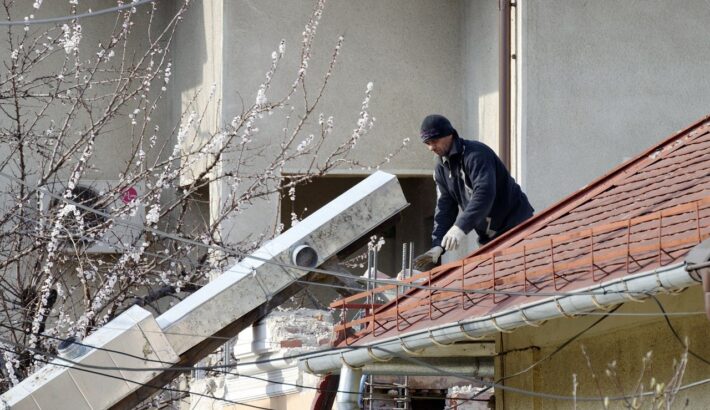

 The last step is to discuss the issue of the gutter in your home. It would help if you told them what you expect from them and when you need the job done. Be specific about your requirements so that they can give you an accurate quote. Gutter cleaners are usually very flexible with their scheduling, so finding a time that works for both of you should not be a problem.
The last step is to discuss the issue of the gutter in your home. It would help if you told them what you expect from them and when you need the job done. Be specific about your requirements so that they can give you an accurate quote. Gutter cleaners are usually very flexible with their scheduling, so finding a time that works for both of you should not be a problem.
 Choosing the gender of your doctor is very important for one reason or the other. If you are not comfortable with male practitioners, ensure you have settled for a female one. This will help you communicate openly and respectfully thus getting the required help.
Choosing the gender of your doctor is very important for one reason or the other. If you are not comfortable with male practitioners, ensure you have settled for a female one. This will help you communicate openly and respectfully thus getting the required help.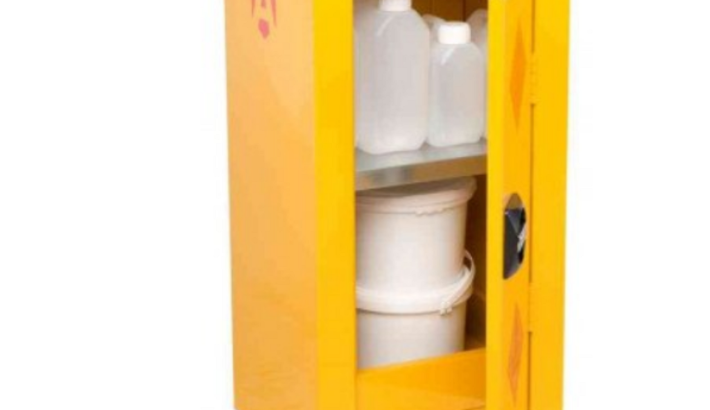
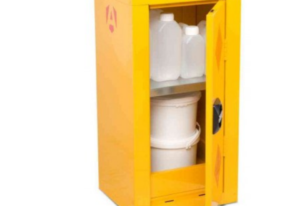 Whenever the chemicals leak in storage, it can result in huge problems for every person involved. In fact, the chemical leaks cause accidents and damage facilities if they go unaddressed or unnoticed. The flammable safety cabinets can safely collect leaks at the bottom for easy disposal. Therefore, there is a need to check the sumps regularly to get rid of leaks accumulated.
Whenever the chemicals leak in storage, it can result in huge problems for every person involved. In fact, the chemical leaks cause accidents and damage facilities if they go unaddressed or unnoticed. The flammable safety cabinets can safely collect leaks at the bottom for easy disposal. Therefore, there is a need to check the sumps regularly to get rid of leaks accumulated.

 results from their services. You have the option of using online tools. A wide number of them cannot give you the kind of translation you need. They are less accurate and unreliable. Professional translation services have different experts who will ensure that you get the right interpretation.
results from their services. You have the option of using online tools. A wide number of them cannot give you the kind of translation you need. They are less accurate and unreliable. Professional translation services have different experts who will ensure that you get the right interpretation.


 It may sound a little bit intimidating to start a discussion with a prohibition. However, it is true and should be your top priority whenever you are on a quest to buy footwear. Remember that comfort should come first since it will affect the way how you look when you wear them. One tip for you is that you should not focus only on the numbers printed on the box. Despite odd, the fact that different people may have various size references really happens. It is possible that two different people will have different results when they wear shoes of the same size. People have different foot sizes, and it is the reason why you should not base your size on others’.
It may sound a little bit intimidating to start a discussion with a prohibition. However, it is true and should be your top priority whenever you are on a quest to buy footwear. Remember that comfort should come first since it will affect the way how you look when you wear them. One tip for you is that you should not focus only on the numbers printed on the box. Despite odd, the fact that different people may have various size references really happens. It is possible that two different people will have different results when they wear shoes of the same size. People have different foot sizes, and it is the reason why you should not base your size on others’.

 Deforestation and climate change are a real concern. It is estimated that close to 900 million trees are fell annually to produce paper. As such, businesses are encouraged to switch to digital document forms in an attempt to save the climate from this worrying statistic.
Deforestation and climate change are a real concern. It is estimated that close to 900 million trees are fell annually to produce paper. As such, businesses are encouraged to switch to digital document forms in an attempt to save the climate from this worrying statistic.









 You need long term plans that will see you cope with the post-release. These plans essentially touch on how you intend to roll-out the product, different customer needs, and the need for slight modifications to suit the needs of your customers.
You need long term plans that will see you cope with the post-release. These plans essentially touch on how you intend to roll-out the product, different customer needs, and the need for slight modifications to suit the needs of your customers.
 When you are setting your budget, there are a lot of crucial aspects that will determine your selection. Consider the location and the many services that you may need. All these aspects will help you to set your budget and choose a photographer whose charges are affordable.
When you are setting your budget, there are a lot of crucial aspects that will determine your selection. Consider the location and the many services that you may need. All these aspects will help you to set your budget and choose a photographer whose charges are affordable. The number of published books keeps growing. The growth of the books is quite rapid that it has been termed as Books explosion. You can find the number of books published in each country per year. It is estimated that over 2 million books are published each year. This means that thousands of fresh titles are written each day.
The number of published books keeps growing. The growth of the books is quite rapid that it has been termed as Books explosion. You can find the number of books published in each country per year. It is estimated that over 2 million books are published each year. This means that thousands of fresh titles are written each day. For better understanding, the book summary is divided into different sections. It has an introduction that offers you an idea about what the book is about. It ends with the book’s main points plus actionable advice.
For better understanding, the book summary is divided into different sections. It has an introduction that offers you an idea about what the book is about. It ends with the book’s main points plus actionable advice.



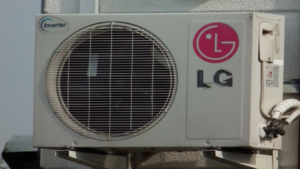 The first thing you should know is that there are many companies out there that manufacture air conditioning machines. But to purchase the best you must consider the brand. Just like buying any other devices, a brand usually means a lot. Note that companies that are already established and known to make the
The first thing you should know is that there are many companies out there that manufacture air conditioning machines. But to purchase the best you must consider the brand. Just like buying any other devices, a brand usually means a lot. Note that companies that are already established and known to make the  Many people think that the more expensive a machine is the better the quality. But as much as this can be true to some extent, it can also be a very wrong way to choose a machine. There are cheaper machines that have proven to be better in every way. Nevertheless, you need to analyze your finances and know the amount you will be comfortable in spending on an air conditioning machine.
Many people think that the more expensive a machine is the better the quality. But as much as this can be true to some extent, it can also be a very wrong way to choose a machine. There are cheaper machines that have proven to be better in every way. Nevertheless, you need to analyze your finances and know the amount you will be comfortable in spending on an air conditioning machine.

 Especially for those who do not really fancy going outdoors to collect food in the wilderness, they need to make sure that they bring enough food supply for the trip. One thing to emphasize is that the food supply should not exceed the capacity of the carrier to avoid exhaustion during the hike. One needs to manage the maximum capacity of the carrier to carry all substantial things, such as clothes, raincoat, tent, and first aid box. This ability offers safety, and, more importantly, things will be less complicated for the campers.
Especially for those who do not really fancy going outdoors to collect food in the wilderness, they need to make sure that they bring enough food supply for the trip. One thing to emphasize is that the food supply should not exceed the capacity of the carrier to avoid exhaustion during the hike. One needs to manage the maximum capacity of the carrier to carry all substantial things, such as clothes, raincoat, tent, and first aid box. This ability offers safety, and, more importantly, things will be less complicated for the campers.
 Bamboo bongs are quite famous. Bamboo bongs range from basic to elaborate designs. Bamboo bongs are known to be very durable and do not affect the flavor of smoke in any way. However, you have a responsibility of taking good care of it if you wish to use it for a long time to come.
Bamboo bongs are quite famous. Bamboo bongs range from basic to elaborate designs. Bamboo bongs are known to be very durable and do not affect the flavor of smoke in any way. However, you have a responsibility of taking good care of it if you wish to use it for a long time to come.
 This power tool is also referred to as a plate joiner. It is a revolutionary tool in carpentry that makes it easy to join two pieces of wood or boards. The best part is that it drills a mouth on both edges of each wood where one fixes a highly compressed piece of wood called a biscuit to join the two wood pieces together. When the glue is applied on the joint, the biscuit will expand and make the grip firm. Choose this power tool well after visiting biscuit joiner reviews on a reliable website.
This power tool is also referred to as a plate joiner. It is a revolutionary tool in carpentry that makes it easy to join two pieces of wood or boards. The best part is that it drills a mouth on both edges of each wood where one fixes a highly compressed piece of wood called a biscuit to join the two wood pieces together. When the glue is applied on the joint, the biscuit will expand and make the grip firm. Choose this power tool well after visiting biscuit joiner reviews on a reliable website. Sanding machines help to make wood smooth before applying varnish and polish. They are useful during the finishing process of furniture and other woodwork. The good thing is that they use different pads depending on the level of smoothness that one requires. A random orbital sander is a great example of this tool and it is very efficient. Choosing it with care will not only ensure efficient work but also guarantee durability.
Sanding machines help to make wood smooth before applying varnish and polish. They are useful during the finishing process of furniture and other woodwork. The good thing is that they use different pads depending on the level of smoothness that one requires. A random orbital sander is a great example of this tool and it is very efficient. Choosing it with care will not only ensure efficient work but also guarantee durability.
 Although it might sound too much for carpentry business, knowing how to fetch and chop wood is a must. We can learn about many things of carpentry from the very moment of chainsawing a tree and turning it into woodblocks. A rough cut on the blocks can damage the internal structure, and they can no longer be a sturdy wood for furniture. Uneven size and improper fall of the tree may also cause a problem during the woodcarving section.
Although it might sound too much for carpentry business, knowing how to fetch and chop wood is a must. We can learn about many things of carpentry from the very moment of chainsawing a tree and turning it into woodblocks. A rough cut on the blocks can damage the internal structure, and they can no longer be a sturdy wood for furniture. Uneven size and improper fall of the tree may also cause a problem during the woodcarving section. Those are the carving tools to make detailed carvings on the wood piece. But for processing the large woodblocks, you are going to need:
Those are the carving tools to make detailed carvings on the wood piece. But for processing the large woodblocks, you are going to need: First and foremost, you should not do any project without creating a blueprint first. Blueprints keep you on the right track of making things with detailed precision. They also allow you to evaluate how advanced you carpentry skills have become.
First and foremost, you should not do any project without creating a blueprint first. Blueprints keep you on the right track of making things with detailed precision. They also allow you to evaluate how advanced you carpentry skills have become.
 One of the recommended tips when it comes to the selling of the franchises is selling fastest at the highest possible price. One thing that you should note with the franchise business is once you get a chance to sell you should begin on the right footing.
One of the recommended tips when it comes to the selling of the franchises is selling fastest at the highest possible price. One thing that you should note with the franchise business is once you get a chance to sell you should begin on the right footing. When you decide to sell
When you decide to sell 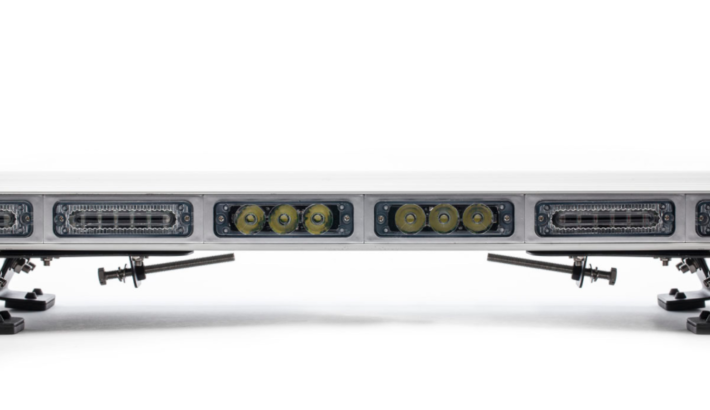




 This application is key if you wish to annotate your documents. It is a much better application as compared to Adobe Acrobat Reader. With this application, you can edit your documents by incorporating notes and drawings. Finally share them. It is cheap to use as it minimizes wastage of paper.
This application is key if you wish to annotate your documents. It is a much better application as compared to Adobe Acrobat Reader. With this application, you can edit your documents by incorporating notes and drawings. Finally share them. It is cheap to use as it minimizes wastage of paper.

 Elderly care is a very sensitive service and keeping an old person in the pink of health is a very challenging task. This is because most old people suffer from chronic age-related illnesses that make their lives difficult. In some cases, they are in irreversible medical conditions. Hence, it takes excellent elderly care skills to improve the quality of life of a senior citizen. For this reason, if you see reviews of happy customers on the official site of your preferred elderly care service provider, you are on the right path. However, if some clients seem unhappy with the services offered, think twice before making your decision.
Elderly care is a very sensitive service and keeping an old person in the pink of health is a very challenging task. This is because most old people suffer from chronic age-related illnesses that make their lives difficult. In some cases, they are in irreversible medical conditions. Hence, it takes excellent elderly care skills to improve the quality of life of a senior citizen. For this reason, if you see reviews of happy customers on the official site of your preferred elderly care service provider, you are on the right path. However, if some clients seem unhappy with the services offered, think twice before making your decision.
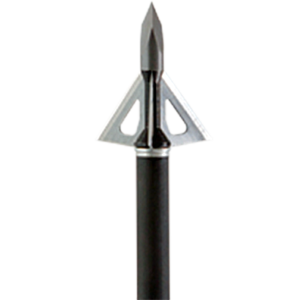
 Price should be the last thing that you check when buying bowheads. You may not like the price of a bowhead, but you should at least be sure that it will serve you right. As noted earlier, there are several bow heads to choose from, and you need to understand each one of them well to determine which one will serve you best even before you check its price. You always want to buy the bowhead at the cheapest price, but make sure it is worth your money. Also, remember that cheap is not always the way to go.…
Price should be the last thing that you check when buying bowheads. You may not like the price of a bowhead, but you should at least be sure that it will serve you right. As noted earlier, there are several bow heads to choose from, and you need to understand each one of them well to determine which one will serve you best even before you check its price. You always want to buy the bowhead at the cheapest price, but make sure it is worth your money. Also, remember that cheap is not always the way to go.…



 After shortlisting your potential removal companies in Aylesbury, the next step that you need to take is to search online for reviews left by their former clients. If you get many positive reviews from past clients then its a clear indication that the removal company in question provides top notch services. On the flip side, if you get too many negative reviews, the chances are that you might get poor services from the firm. Also, ask to speak to some of the former clients if you think that the reviews are not genuine. Many mediocre companies are fond of posting fake customer reviews on their website.
After shortlisting your potential removal companies in Aylesbury, the next step that you need to take is to search online for reviews left by their former clients. If you get many positive reviews from past clients then its a clear indication that the removal company in question provides top notch services. On the flip side, if you get too many negative reviews, the chances are that you might get poor services from the firm. Also, ask to speak to some of the former clients if you think that the reviews are not genuine. Many mediocre companies are fond of posting fake customer reviews on their website. When choosing a relocation company, ensure that you avoid working with mediators. By avoiding them, you will save lots of time and money. Furthermore, you will have the chance to interact with the company in question. It’s the only way to get the opportunity to ask any questions that you may have about the removal process.
When choosing a relocation company, ensure that you avoid working with mediators. By avoiding them, you will save lots of time and money. Furthermore, you will have the chance to interact with the company in question. It’s the only way to get the opportunity to ask any questions that you may have about the removal process.
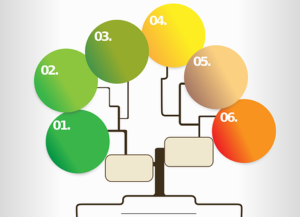
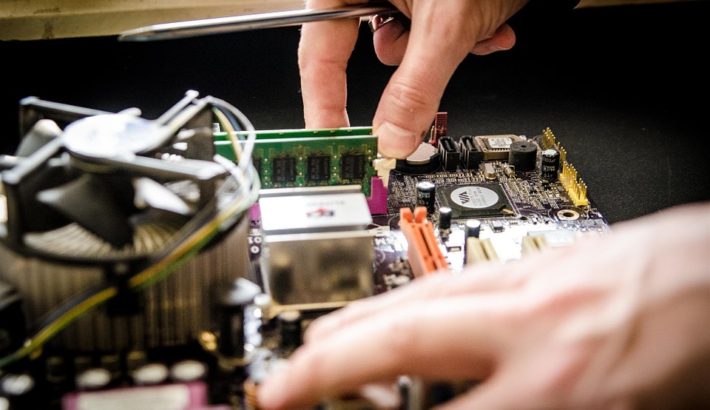

 Convenience is very important, hence should be one of the top considerations you make. Make sure that the shop is near your place of work or residence so that you can easily access the services as quickly as possible. Convenience should also be looked at regarding affordability, and how easy it is to get along with all the staff.…
Convenience is very important, hence should be one of the top considerations you make. Make sure that the shop is near your place of work or residence so that you can easily access the services as quickly as possible. Convenience should also be looked at regarding affordability, and how easy it is to get along with all the staff.…
